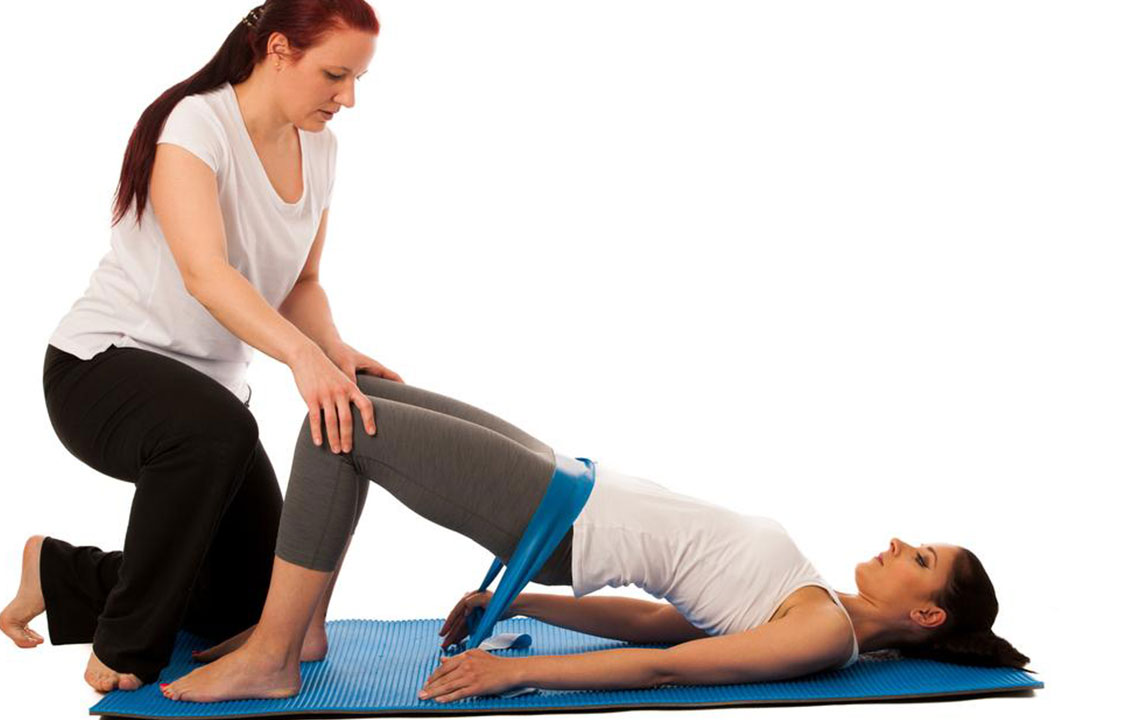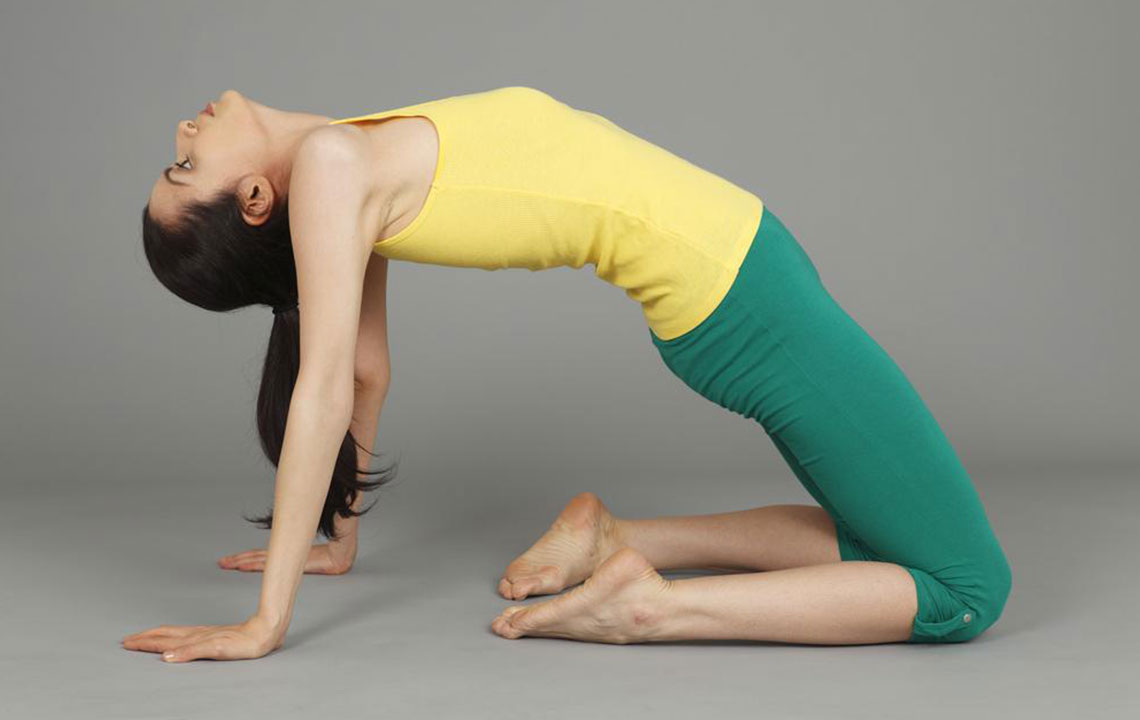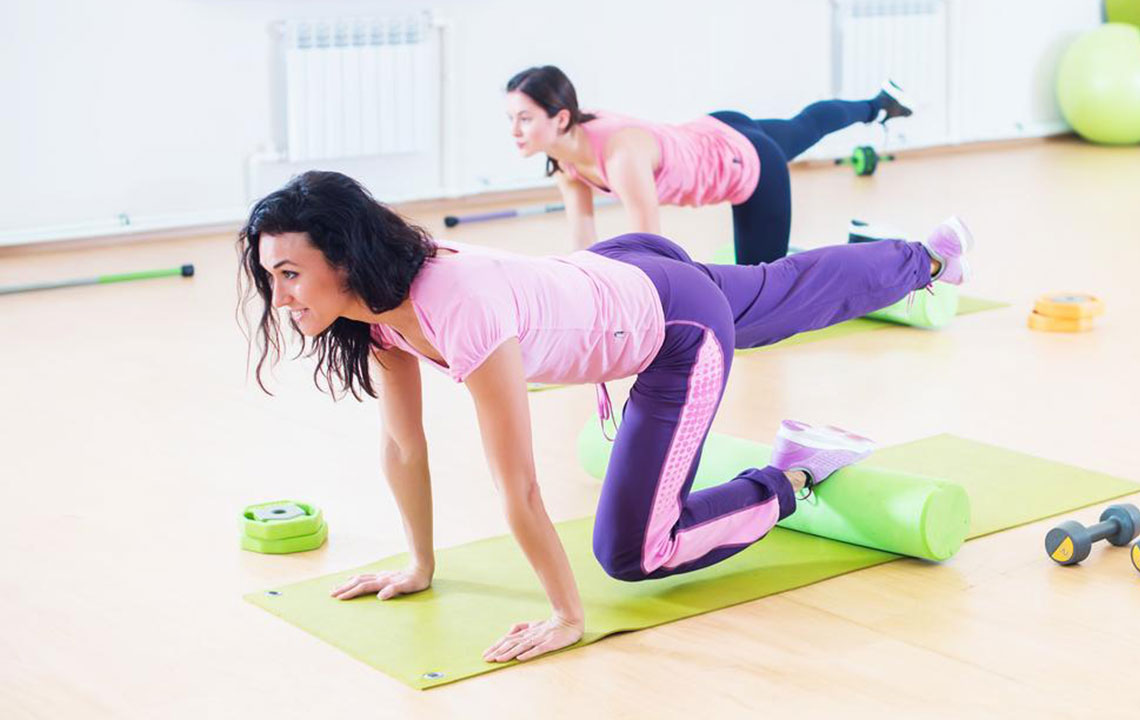Pelvic Health Enhancement: Comprehensive Guide to Kegel Exercises for Men and Women
Discover the comprehensive benefits of Kegel exercises for both men and women. Boost your pelvic health, improve bladder control, and enhance sexual function through targeted routines. This article provides detailed techniques, useful tips, and recommended devices to help you incorporate pelvic exercises into daily life for better well-being and longevity.

Boosting Pelvic Function and Overall Wellness through Kegel Exercises for Both Genders
In the realm of health and fitness, many individuals focus on traditional routines such as cardio, weightlifting, or flexibility exercises to maintain physical condition. However, there's a vital aspect of health that’s often overlooked—pelvic floor strength. The pelvic region, housing essential organs and structures, plays a crucial role in daily functions like bladder control, sexual health, and supporting reproductive organs. Strengthening this area can dramatically improve quality of life, especially with age or after specific health challenges. One of the most effective and accessible ways to achieve this is through targeted exercises known as Kegels.
Kegel exercises involve consciously contracting and relaxing the pelvic muscles, effectively training them to become stronger and more resilient. These exercises are simple to perform, discreet, and can be integrated into daily routines without any specialized equipment. Both men and women can benefit significantly from regular practice, with the potential to prevent or alleviate issues like urinary incontinence, erectile dysfunction, prolapse, and other pelvic floor disorders.
Understanding the importance of pelvic health is essential not only for addressing existing problems but also for preventing future complications. A strong pelvic floor contributes to better bladder and bowel control, supports core stability, and enhances sexual function. Weakness in these muscles can lead to a range of health issues such as incontinence, low libido, and even pelvic organ prolapse in women. For men, weak pelvic muscles are linked to erectile dysfunction and urinary leaks. Therefore, incorporating effective pelvic exercises into daily health routines is a proactive strategy to maintain vitality and prevent age-related decline.
So, why are Kegel exercises considered so beneficial? They are straightforward, require no special tools or memberships, and can be performed discreetly in various settings—at home, at work, or while traveling. It is advisable, however, to consult a healthcare professional before starting any new exercise regimen, especially for those with existing health conditions or pelvic injuries. Proper technique is essential to maximize benefits and avoid strain or injury.
Successful strengthening of the pelvic muscles involves consistent practice combined with correct form. Over time, these exercises can significantly enhance daily functioning and overall well-being. Here are some commonly recommended routines and techniques:
Bridge Exercise: Lie flat on your back with knees bent and feet flat on the ground. Engage your core, glutes, and pelvic muscles as you lift the hips into a bridge position, maintaining a 30-45 degree angle. Hold this position for 2-4 minutes, then slowly lower without relaxing entirely. Repeat regularly, gradually increasing the duration as strength improves.
Clamshell Exercise: Lie on your side with legs bent at the knees and feet together. Keeping your knees at a 90-degree angle, lift the top knee while maintaining contact between the feet, engaging the pelvic and hip muscles. Start with 2-4 minutes per side, extending the time as endurance grows. This exercise enhances lateral pelvic stability.
Hip Sway or Side-to-Side Movements: Stand with feet shoulder-width apart, hands on hips, and sway hips side to side in a controlled manner. Such movements help increase pelvic flexibility and strengthen supporting muscles. Making this a dynamic part of a warm-up or cool-down can be beneficial and enjoyable, especially if performed with a partner for added motivation.
Use of Pelvic Exercises Devices: Modern devices tailor to different needs; for example, CalExotics’ Inspire Remote Kegel Exerciser provides gentle resistance combined with remote control features, making workouts more effective and engaging. Similarly, products like the Je Jou Ami Set include silicone balls designed to facilitate easy activation of pelvic muscles, providing both convenience and efficiency for women undergoing pelvic strengthening routines.
To optimize results, proper technique is crucial. If uncertain about how to perform these exercises correctly, professional guidance is recommended or using assistive devices. Avoid overexertion, which can cause discomfort or injury. Stop immediately if you experience pain and consult a healthcare provider. Remember that consistency is the key to seeing tangible health benefits—regular practice over weeks and months leads to stronger pelvic muscles and improved overall health.
In addition to physical exercises, making lifestyle adjustments such as maintaining a healthy weight, avoiding heavy lifting without support, and practicing good bathroom habits can further support pelvic health. Women, especially during pregnancy and post-partum, can greatly benefit from tailored pelvic strengthening routines to facilitate recovery and prevent complications. Men experiencing urinary issues or erectile dysfunction should incorporate pelvic exercises as part of their wellness strategy.
In conclusion, strengthening the pelvic floor through targeted exercises like Kegels is a simple yet powerful approach to enhancing health, preventing common issues, and maintaining quality of life at all ages. Integrating these exercises into your daily routine can lead to tangible improvements, from increased bladder control to improved sexual health and resilience against age-related decline. Regular practice, the right technique, and appropriate guidance are the cornerstones of achieving optimal pelvic health.





